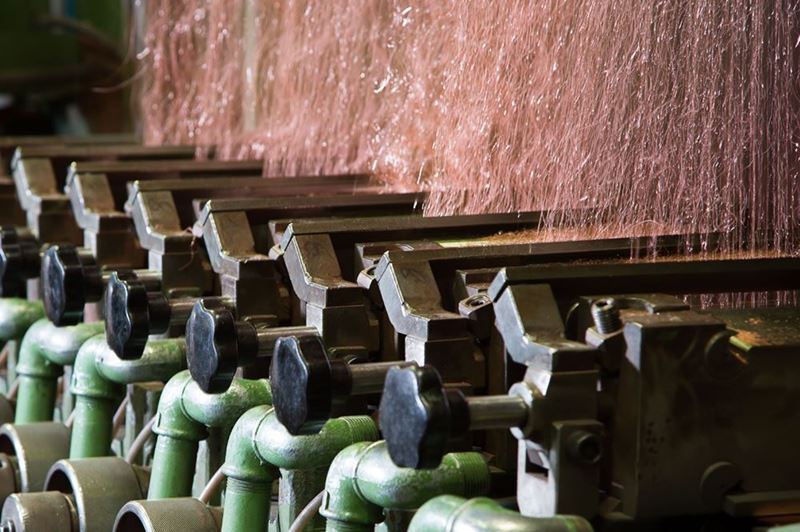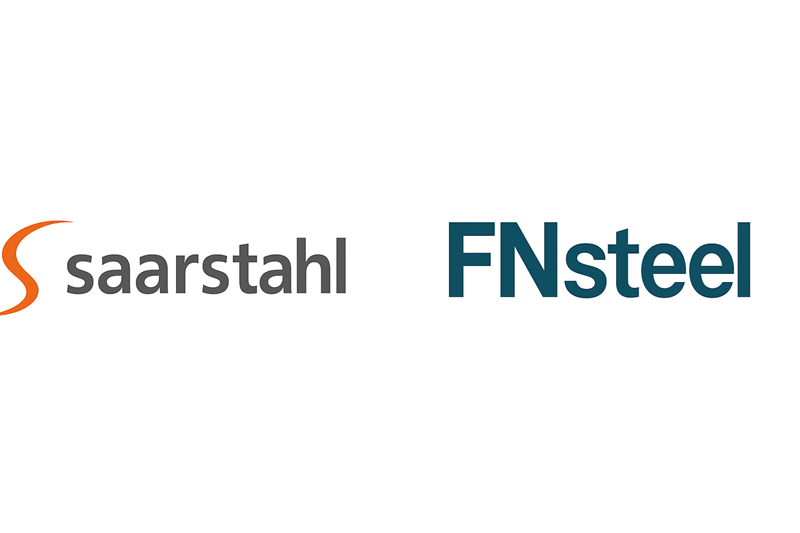According to Indian Steel Minister Sandeep Poundrik, three major PSUs - Steel Authority of India Limited (SAIL), National Mineral Development Corporation (NMDC) and Metallurgical and Engineering Consultants (MECON) - will open offices in Dubai, United Arab Emirates by the end of June. Subsequently, Manganese Ore India Limited (MOIL), which specializes in manganese mining, will also join the international expansion plan.
Searching Africa for critical raw materials
Poundrik announced that MOIL will soon send a delegation to Gabon to explore manganese mining opportunities. Stating that most of the mineral reserves in Africa can be controlled through Dubai, the Minister stated that Dubai was chosen as a base for this reason.
On the other hand, Oman's significant limestone reserves and the abundance of natural gas resources in the Middle East support India's plans to cooperate more closely with the region for direct reduced iron (DRI) production.
2030 target: 300 million tons of production
India currently produces about 151 million tons of steel a year. Of this, imports account for 9.5 million tons. Dumped products, especially from China, have made India a net importer. The government is imposing safeguard duties to reduce this pressure.
However, the long-term goals are more ambitious: the plan is to increase steel production to 300 million tons and total capacity to 400 million tons by 2030.
Global expansion instead of the European market
In the face of restrictive measures such as the European Union's carbon border mechanism for steel imports, the Indian government recognizes that it will take time to reduce its carbon footprint. Complying with green norms in the EU does not seem easy in the short term due to the blast furnace technologies prevalent in India. However, according to Minister Poundrik, India's dependence on the EU is low and the country is linked to a large global market for its steel.









Comments
No comment yet.